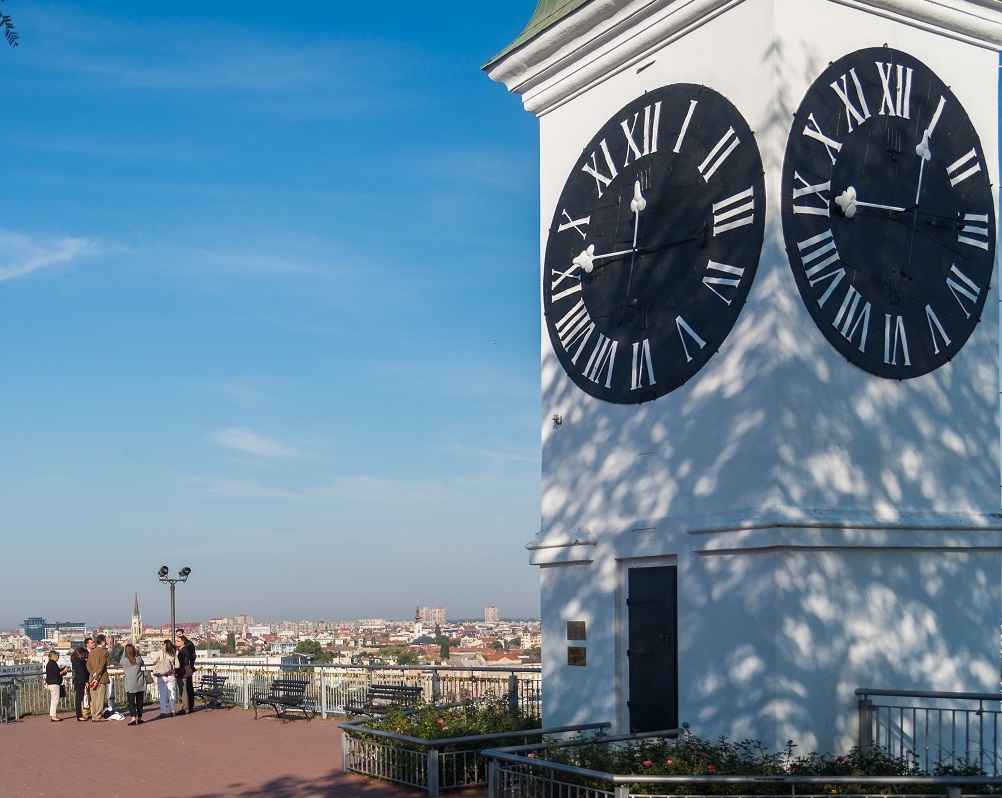Three years after winning the title of the European Capital of Culture, Novi Sad became a unique example in Serbia and region, whose cultural institutions have 5-year strategy of work.
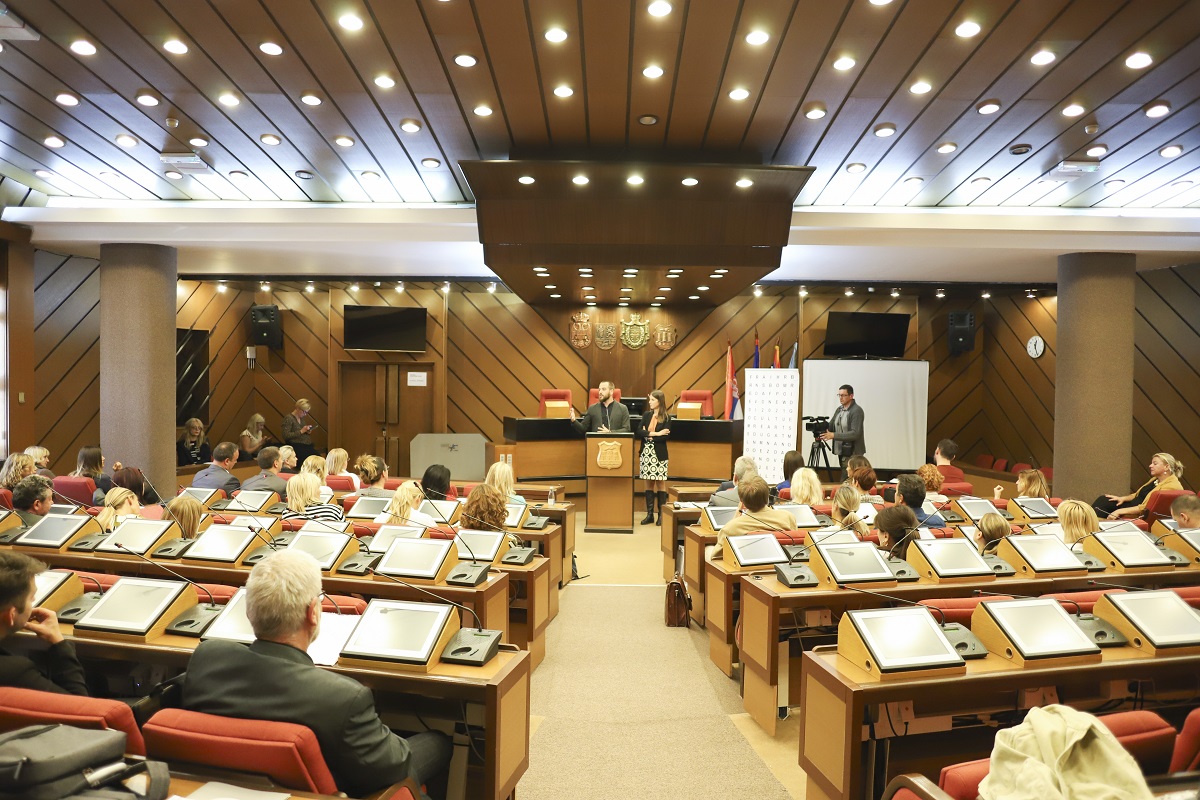
Several hundred of cultural workers and professionals in the field of cultural policy have been working on the strategy for the past year. The process of planning, education and mentorship of cultural workers was organised by the UNESCO Department of the University of Arts in Belgrade, while the coordination between cultural institutions within the ‘Increasing Capacities of Cultural Institutions in Novi Sad’ project was led by the ‘Novi Sad 2021 – European Capital of Culture’.
‘I think that the biggest innovation within the project lays in the fact that external consultants who are professional in strategic planning are not the solution, but institutions and their employees are ones who implemented the whole plan and participated in the whole process. The implementation of strategy was something new and unfamiliar to many in cultural institutions, and that is the reason why the process lasted for one year. It is not the solution to make a strategic plan in a month, especially for the one who has never done it before. The solution is to train people within institutions to have enough competence and knowledge to implement it‘, said Višnja Kisić, one of the project managers at today’s closing conference in the City Assembly of Novi Sad. The whole project and work with representatives of cultural institutions is aimed at making strategic plans that include greater involvement of citizens in public cultural life.
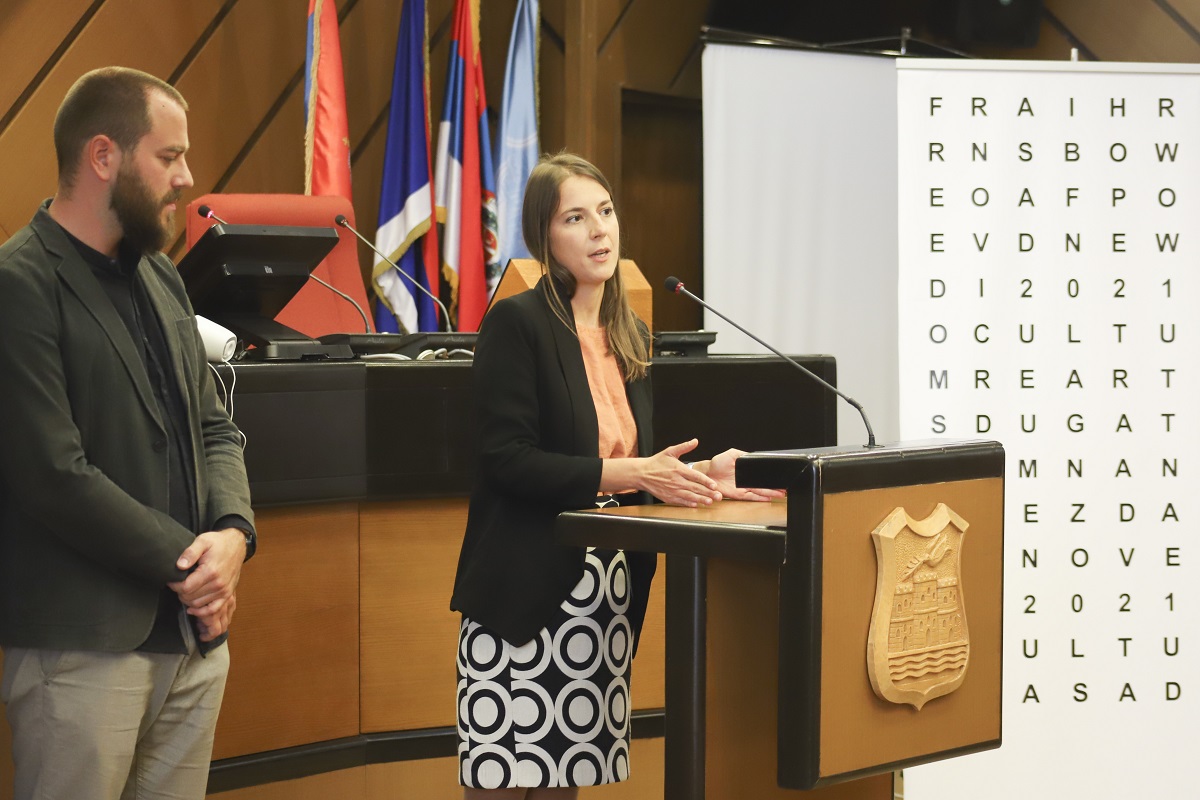
‘Strategic planning is very complex procedure, because it encompasses all spheres such as the research, implementation and activities. This is why the five-year plan help us a lot because we, particularly ‘Mladost Futog’ centre, have diverse programmes that require good organisation. This improves our work and contributes to the general picture of the presentation of Novi Sad in Europe and world’, said Aleksandra Rajak, Director of the ‘Mladost Futog’ Cultural Centre.
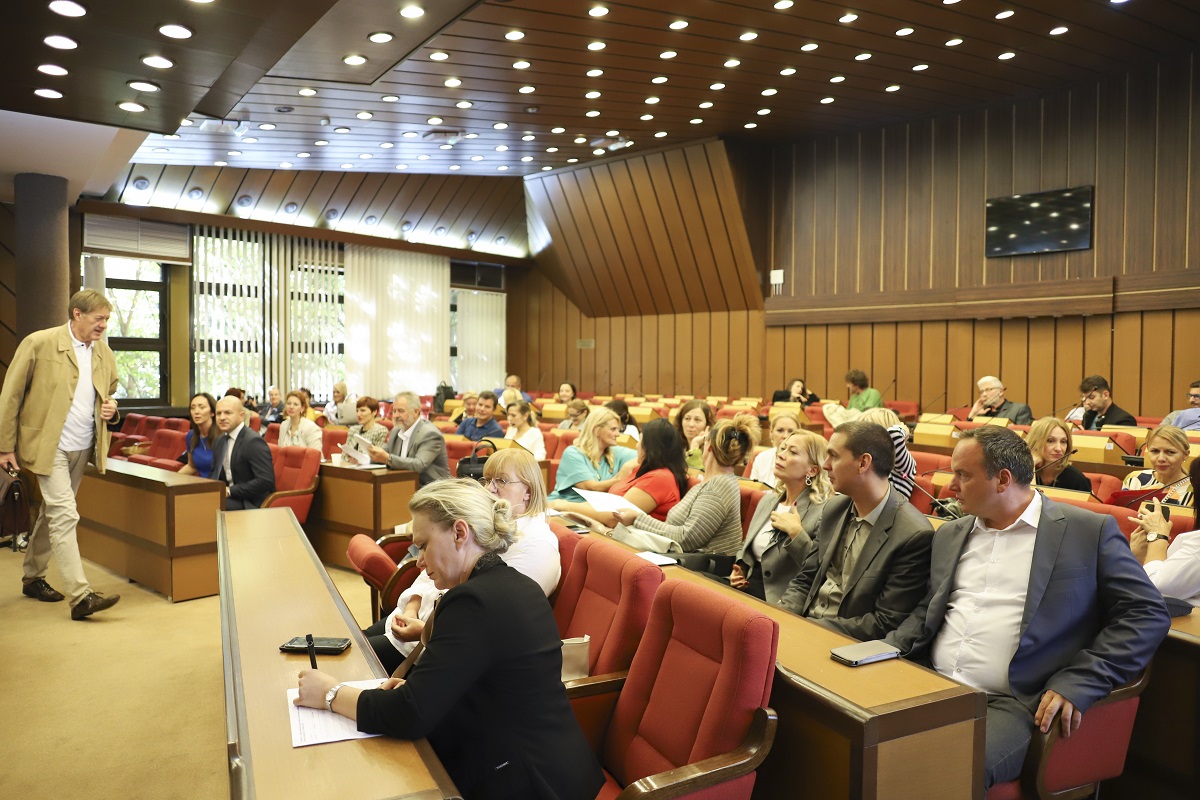
The Galley of Matica Srpska, who made the plan for the fifth time, participated in the project. Therefore, they shared their experience with other cultural institutions.
‘Organisational planning is very important and brings benefits to every institution, since the possibility to create your own activities and make strategies for a long-term period makes you ready in each moment without any surprises, but you know what to do during longer period of time’, said Tijana Palkovljević, Manager of the Matica Srpska Gallery, who participated in the project as a mentor.
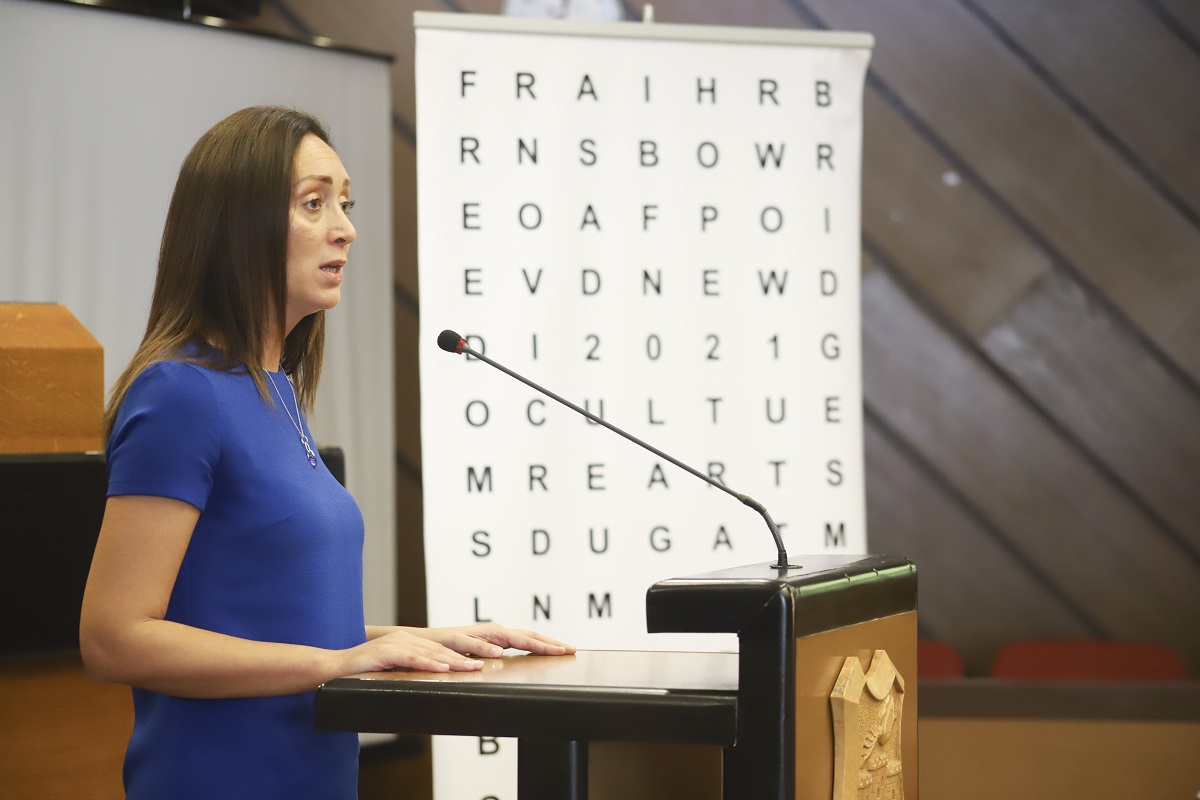
The project, in accordance with the Strategy of Cultural Development of Novi Sad 2016-2026, is organised under the patronage of the City Administrations for Culture and Provincial Secretariat for Culture, Public Information and Relations with Religious Communities.
‘The most important thing is that cultural institutions will have the vision of their development and strategies. The next meeting in 2021, when we will bear the European Capital of Culture title, of which we are proud; all these strategies, visions and programmes you implemented into five-year plans, will be the main holders of the 2021 programme, and even after. Those strategies will remain to cultural institutions after 2021’, stressed Dragana Milošević, Provincial Secretary for Culture, Public Information and Relations with Religious Communities.
‘We know that cultural institutions had numerous challenges and I think that five-year strategy will facilitate the process. The city initiated meetings we hold each week with the representatives of cultural institutions. During the meetings, we strive to improve work through connection and networking of capacities and what institution offers’, said Dalibor Rožić, member of the City Council in charge of culture, at the closing conference.
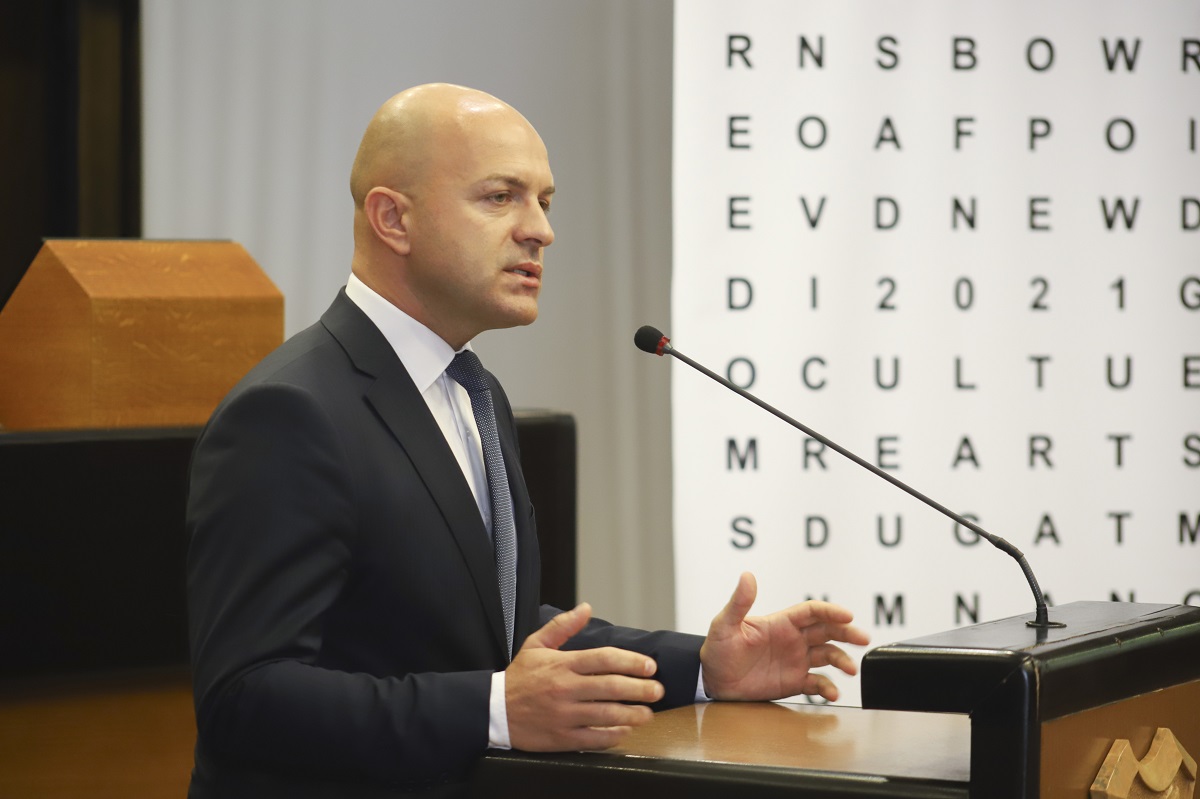
Institutions that participated in the Project: Atelje 61, City Library in NovI Sad, Historical Archives in Novi Sad, ‘Kisač’ Cultural Centre, ‘Mladost Futog’ Cultural Centre, ‘Rumenka’ Cultural Centre, Cultural Centre of Novi Sad, Museum of the City of Novi Sad, Novi Sad Children Cultural Centre, Újvidéki Színház – Novi Sad Theatre, Youth Theatre, Sterijino Pozorje, Institute for the Protection of Cultural Monuments of the City of Novi Sad, Arhives of Vojvodina, Gallery of Fine Arts – Gift Collection of Rajko Mamuzić, ‘Forum’ Institute for Publishing, Miloš Crnjanski – Vojvodina Cultural Centre, Museum of Contemporary Art of Vojvodina, Museum of Vojvodina, National Theatre – Nepszinhaz, Provincial Institute for Protection of Cultural Monuments, Theatre Museum of Vojvodina, Pavle Beljanski Memorial Collection, Serbian National Theatre, Student Cultural Centre, Institute for Culture of Ruthenians in Vojvodina , Cultural Institute of Vojvodina Slovaks.
